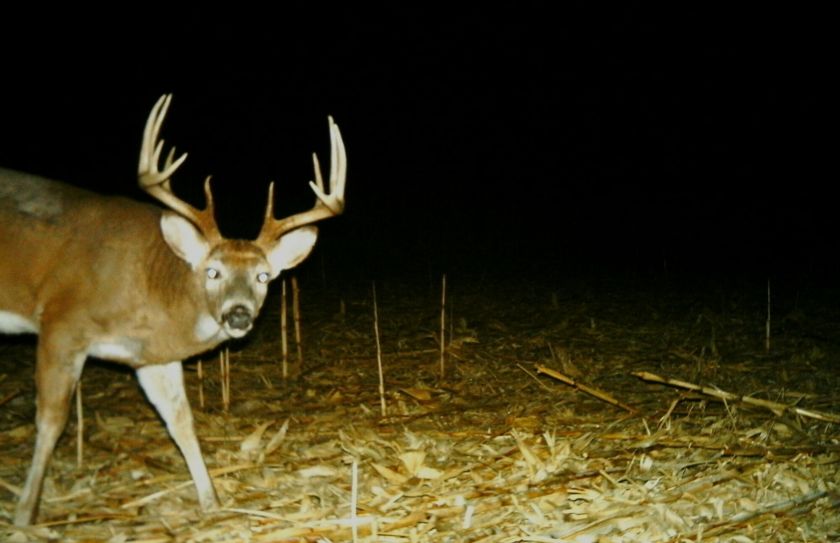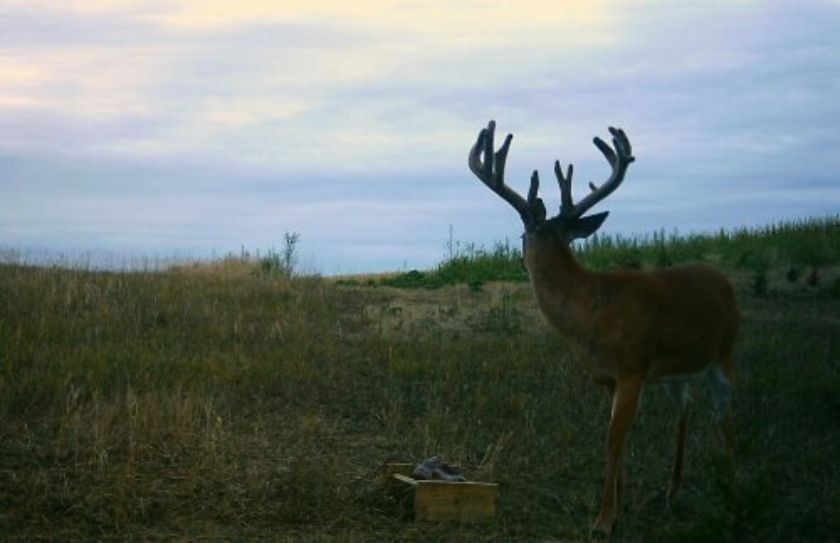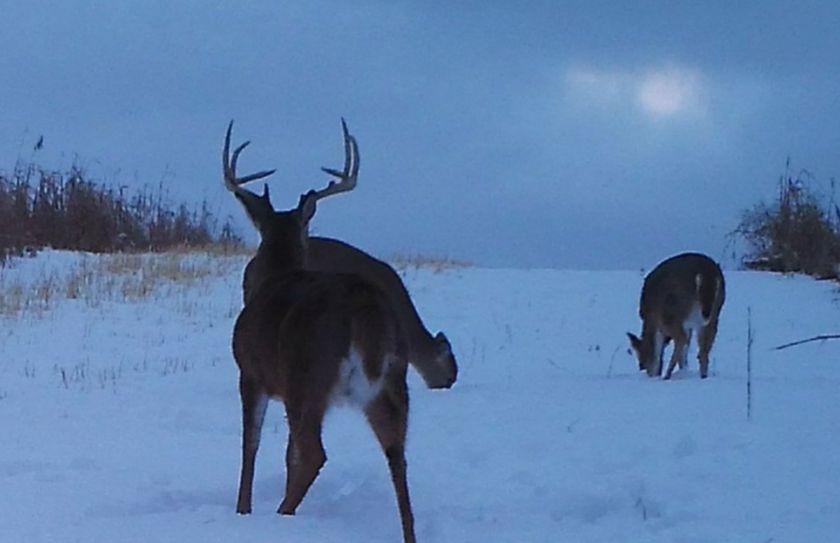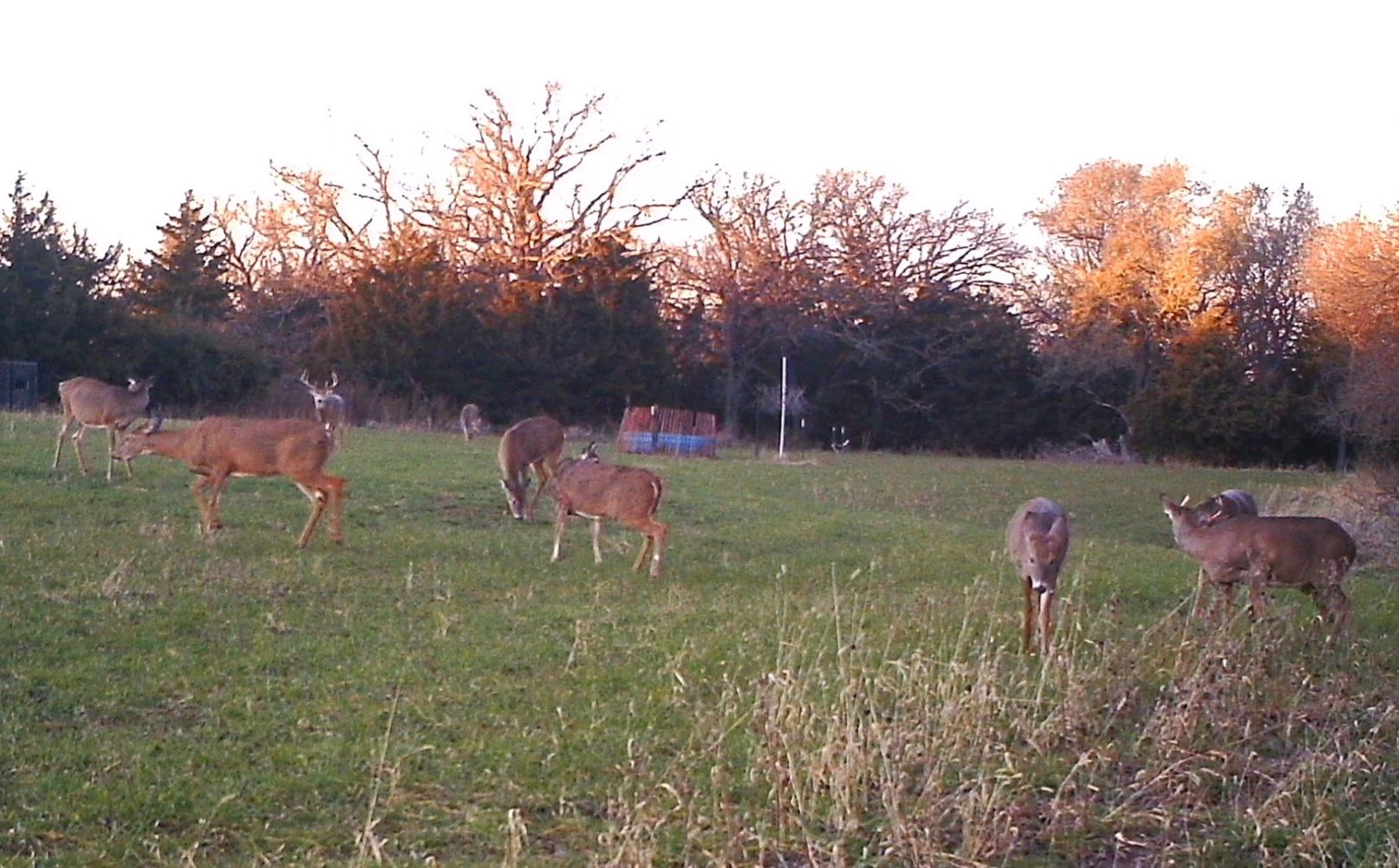
During the late season secure cover and food options can be slim pickings for the entire deer herd. By allowing the doe herd to make your stand location decisions for you, you will often place yourself right in the middle of late season monster buck opportunities. If you want to find late season bucks, try following the does!
While the majority of my mature buck kills have taken place in the remote corners of deer habitat adjacent to mature buck bedding areas, I enjoy switching gears to hunting doe family groups during the late season. While some of those October and November monster buck hangouts can be a desert of deer activity after the rut, I have frequently observed a huge shift by the local buck herd during the late season, as they begin to follow the patterns of the local doe herd. If you maintain a consistent focus of carefully hunting the movements of late season does, don't be surprised if one of the neighborhood giants steps right into one of your fields of dreams.
*Would you like to hunt a giant late season herd of does? Then make sure that you are offering a high quality, can't miss, Late Season Food Source.
Late Season Doe Herd Strategies For Monster Bucks
Finding late season mature bucks really can be, as simple as following the local doe herd. Once you have scouted and located late season deer movements on the lands that you hunt, here are 3 ways to make sure that you can keep your focus for placing your crosshairs on a local giant:
1. Finding The Late Season Doe Movement
Even on a 40 acre parcel, there is typically at least 1 corner or side of the land, which has the best chance of revealing doe movements. While bucks may follow does during the secondary rut, I also believe they often mirror late season doe movements because there are very few parcels that have what it takes to attract high stressed, highly pressured deer herds. Secure daytime cover, secure afternoon food sources and secure movements between both cover and food, can easily be created and are in short supply during late November and December. While it is no surprise that unpressured deer habitat will attract the bulk of the neighborhood deer after the flurry of the rut and gun season, make sure to focus on the quality of your hunting practices more than the quality of your habitat, if you want to make sure you find late season monster buck success!
2. Maintaining Late Season Doe Movements
If they smell you, see you or hear you -in any little way- they are typically gone for good! What can easily be built for the first 2 months of the season, can be torn away in an instant if you can't get in and our of your deer stands, without alerting any deer. The longer you maintain the integrity of the doe herd movement between daytime bedded deer to afternoon food sources, the more likely it only a matter of time before the oldest buck in the neighborhood shows himself during the hours of daylight.
3. Hunting Late Season Doe Movements For Monster Bucks
While doe family groups shift slightly and get pushed around by a secondary rut cruising buck or two, they can consistently be counted on to maintain their focus on their preferred afternoon food source. The sign of a great hunting strategy on your land, is that the mature does are easy to target and harvest at will. I prefer to non invasively chip away at the sides and ends of the afternoon movement (the food source itself) instead of the bedding areas, so that I can have repeated opportunities to zoom on on a particular mature buck that is mirroring the local doe herd. Great early season and late season monster buck hunting is about living to hunt another day, and strictly avoiding the stand and land burnout tactic of one and done sits. By patiently rotating stands based on non-invasive access and wind direction, you can allow the afternoon doe movements to continue AND create outstanding buck harvest opportunities, every time you hit the woods!
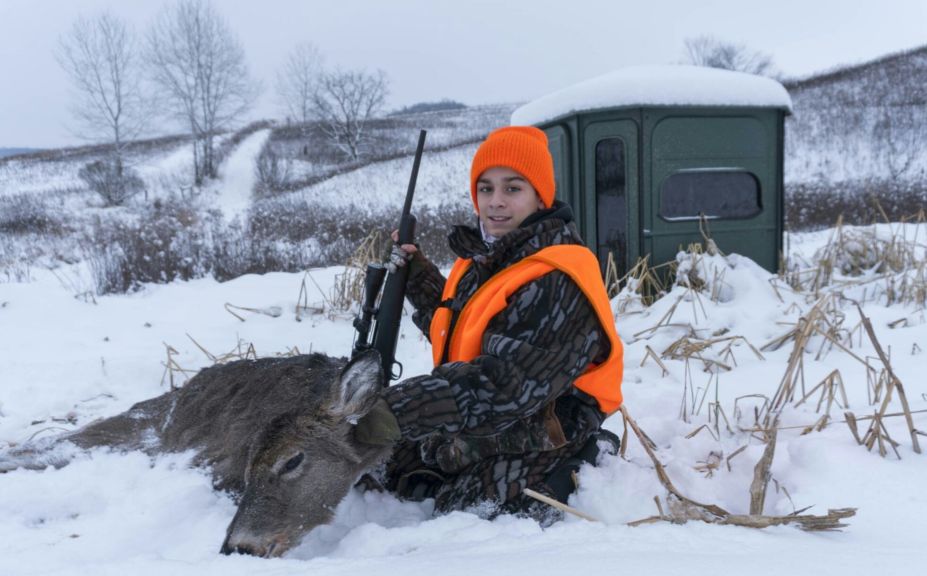
*What is one of the best signs that your habitat and hunting practices are at their best? That the local does on your land, are Easy To Target! Doe family group movements are incredibly reliable and most often the only thing that disrupts their movements, are failing habitat, failing hunting practices, or both.
Conclusion
While the challenge is to maintain and keep from spooking the entire herd while you hunt, attracting and locating the herd in the first place, can easily be accomplished with a little habitat work, combined with low impact hunting efforts.
